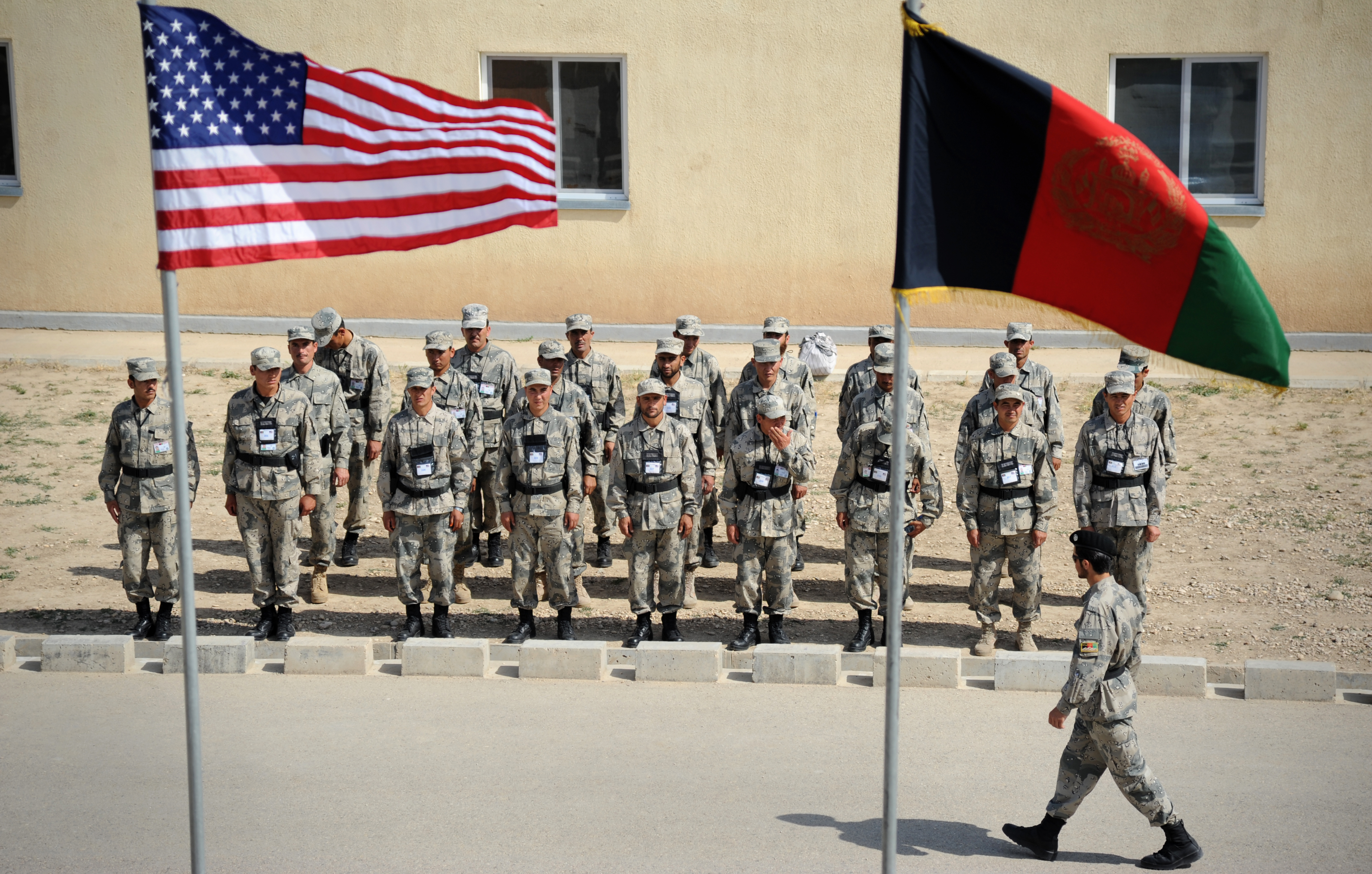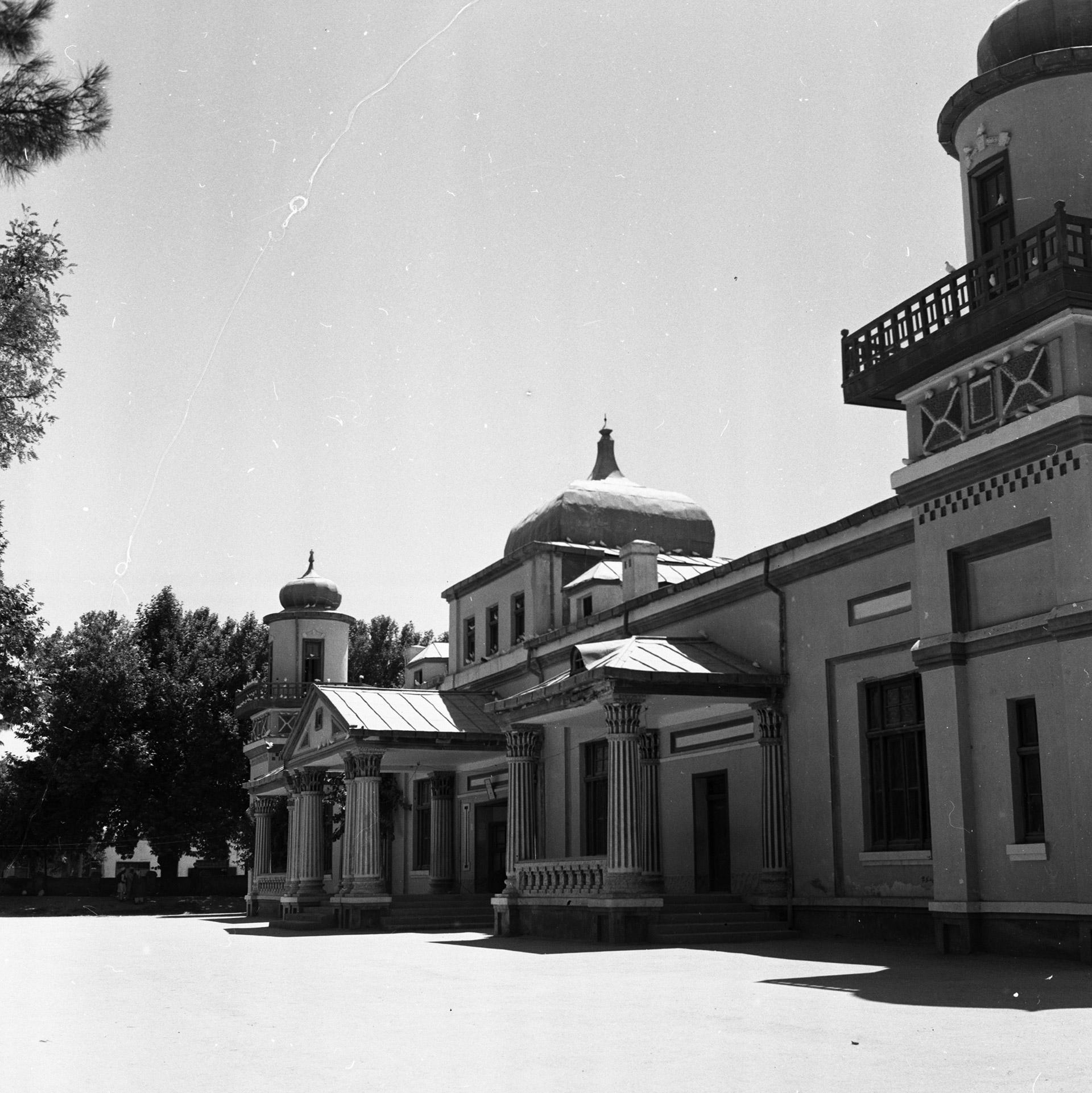|
Khwaja Du Koh
Khwaja Du Koh is a town and the center of Khwaja Du Koh District, Jowzjan Province, Afghanistan. It is situated few miles northwest of the city of Sheberghan and a mile northeast from the main Andkhoy-Sheberghan road. It is located at at 306 m altitude at the edge of Karakum Desert. See also * Jowzjan Province Jowzjan, sometimes spelled Jawzjan or Jozjan (Dari: ), is one of the thirty-four provinces of Afghanistan, located in the north of the country bordering neighboring Turkmenistan. The province is divided into 11 districts and contains hundreds of v ... Populated places in Jowzjan Province {{Jowzjan-geo-stub ... [...More Info...] [...Related Items...] OR: [Wikipedia] [Google] [Baidu] |
Provinces Of Afghanistan
Afghanistan is divided into 34 provinces (, '' wilåyat''). The provinces of Afghanistan are the primary administrative divisions. Each province encompasses a number of districts or usually over 1,000 villages. Provincial governors played a critical role in the reconstruction of the Afghan state following the creation of the new government under Hamid Karzai. According to international security scholar Dipali Mukhopadhyay, many of the provincial governors of the western-backed government were former warlords who were incorporated into the political system. Provinces of Afghanistan Regions of Afghanistan UN Regions Former provinces of Afghanistan During Afghanistan's history it had a number of provinces in it. It started out as just Kabul, Herat, Qandahar, and Balkh but the number of provinces increased and by 1880 the provinces consisted of Balkh, Herat, Qandahar, Ghazni, Jalalabad, and Kabul. * Southern Province – dissolved in 1964 to create Paktia Provinc ... [...More Info...] [...Related Items...] OR: [Wikipedia] [Google] [Baidu] |
Jowzjan Province
Jowzjan, sometimes spelled Jawzjan or Jozjan (Dari: ), is one of the thirty-four provinces of Afghanistan, located in the north of the country bordering neighboring Turkmenistan. The province is divided into 11 districts and contains hundreds of villages. It has a population of about 613,481, which is multi-ethnic and mostly agriculturalists. Sheberghan is the capital of Jozjan province. History The province is named after the early medieval region and principality of Juzjan. Between the early 16th century and mid-18th century, the area was ruled by the Khanate of Bukhara. It was conquered by Ahmad Shah Durrani and became part of the Durrani Empire in or about 1750, which formed to the modern state of Afghanistan. The area was untouched by the British during the three Anglo-Afghan wars that were fought in the 19th and 20th centuries. Recent history Following a series of changing allegiances and falling out with Uzbek warlord Abdul Malik Pahlawan in 1997, the Taliban withdrew from ... [...More Info...] [...Related Items...] OR: [Wikipedia] [Google] [Baidu] |
Afghanistan
Afghanistan, officially the Islamic Emirate of Afghanistan,; prs, امارت اسلامی افغانستان is a landlocked country located at the crossroads of Central Asia and South Asia. Referred to as the Heart of Asia, it is bordered by Pakistan to the Durand Line, east and south, Iran to the Afghanistan–Iran border, west, Turkmenistan to the Afghanistan–Turkmenistan border, northwest, Uzbekistan to the Afghanistan–Uzbekistan border, north, Tajikistan to the Afghanistan–Tajikistan border, northeast, and China to the Afghanistan–China border, northeast and east. Occupying of land, the country is predominantly mountainous with plains Afghan Turkestan, in the north and Sistan Basin, the southwest, which are separated by the Hindu Kush mountain range. , Demographics of Afghanistan, its population is 40.2 million (officially estimated to be 32.9 million), composed mostly of ethnic Pashtuns, Tajiks, Hazaras, and Uzbeks. Kabul is the country's largest city and ser ... [...More Info...] [...Related Items...] OR: [Wikipedia] [Google] [Baidu] |
Sheberghan
Sheberghān or Shaburghān ( Uzbek, Pashto, fa, شبرغان), also spelled ''Shebirghan'' and ''Shibarghan'', is the capital city of the Jowzjan Province in northern Afghanistan. The city of Sheberghan has a population of 175,599. It has four districts and a total land area of 7,335 hectares. The total number of dwellings in Sheberghān is 19,511. In 2021, the Taliban gained control of the city during the 2021 Taliban offensive. Location Sheberghān is located along the Sari Pul River banks, about west of Mazar-i-Sharif on the national primary ring road that connects Kabul, Puli Khumri, Mazar-i-Sharif, Sheberghān, Maymana, Herat, Kandahar, Ghazni, and Maidan Shar. Sheberghān airport is situated between Sheberghān and Aqcha. Etymology The city's name is a corruption of its classical Persian name, Shaporgân, meaning "ingShapur's town". Shapur was the name of two Sasanian kings, both of whom built a great number of cities. However, Shapur I was the governor of the east ... [...More Info...] [...Related Items...] OR: [Wikipedia] [Google] [Baidu] |
Andkhoy (city)
Andkhoy ( prs, اندخوی; ps, اندخوی ولسوالۍ) is a city in the northern part of Afghanistan, which has a population of about 47,857 people. They include all the major ethnic groups of the country. The city serves as the capital of Andkhoy District in the Faryab Province. It is around of driving distance southwest from the Aqina–Imamnazar border crossing between Afghanistan and Turkmenistan. There is also a rail station in the city, which was recently opened for import and export purposes with neighboring Turkmenistan. The Sheberghan Airfield in neighboring Jowzjan Province is the closest airport to Andkhoy. Ruwe Arjans The town founded by "The Ruwe Arjans", stands between the northern spurs of the Paropamise and the Oxus; it is 100 km. due west of Balkh, on the edge of the Turkmen desert. The area was an independent Khanate, ruled by members of the Afshar tribe from 1747 to 1880. In 1847, the city was sacked by Yar Mohammad Khan, the ruler of Herat, ... [...More Info...] [...Related Items...] OR: [Wikipedia] [Google] [Baidu] |
Karakum Desert
The Karakum Desert, also spelled Kara-Kum and Gara-Gum ( tk, Garagum, ; rus, Караку́мы, Karakumy, kərɐˈkumɨ), is a desert in Central Asia. Its name in Turkic languages means "black sand": "" means sand; "" is a contraction of : "dark" or may pre-date that (be a derivation from a likely broader meaning which the word for black bore: ) in this language family. This refers to the shale-rich sand generally beneath the sand of much of the desert. It occupies about 70 percent, , of Turkmenistan. The population is sparse, with an average of one person per . Rainfall is also rare, ranging from per year. Geography The desert covers roughly seventy percent of Turkmenistan, a long east–west swath. It sits east of the Caspian Sea which has a steep east bank. It adjoins, to the north, the long delta feeding the South Aral Sea further north, another endorheic lake, about higher than the Caspian Sea. The delta is that of the Amu Darya river to the northeast, demarcating the ... [...More Info...] [...Related Items...] OR: [Wikipedia] [Google] [Baidu] |



